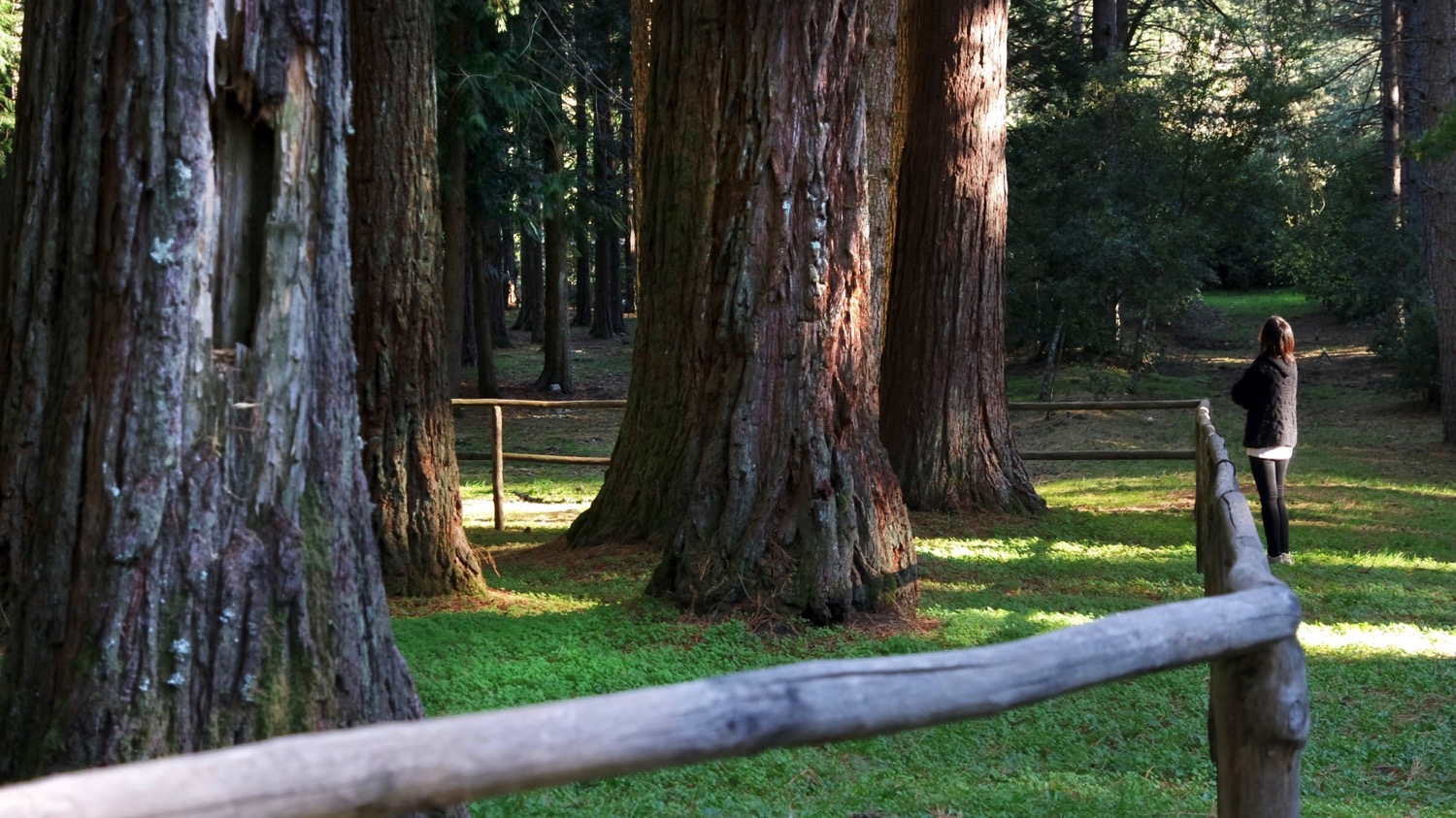Il Monte Limbara
LIMBARA’S HISTORY
The Limbara is for elevation one of the highest peaks of the island, with Punta Balistreri, 1362 meters above sea level, Punta Sa Berritta and Punta Bandiera. Although Limbara does not reach a great height, it appears imposing and impressive as a great mountain; The geological substrate consists of granites, usually medium-grained, formed in the post-tectonic phase of the Hercynian orogenic cycle, the erosive action of the weather has shaped over time, giving rise sometimes pointed and jagged shapes, gently rounded or tafonate. The climate is sub-humid Mediterranean type, rainfall and snowfall are concentrated in the winter months with an average temperature of 3 °C, in summer the average temperature is about 20 °C.
Nowadays, the Limbara is again the Gallura green lung, its territory is characterized by the Mediterranean maquis, consisting of heather, strawberry tree, mastic tree and mock privet; There we find the holm oaks, ash, holly, maple and yew, along with some poplar and maritime pine.
The most arid areas and high mountain are covered with cistus, helichrysum, dwarf juniper, blackthorn and gorse. Many endemic and rare varieties are part of the Limbara nature, such as currants of Limbara, the Corsican violet, the rose of Limbara, the caraway thyme, the Sardinian-Corsican carlina and royal fern.

MOUNT LIMBARA: FAUNA AND ITINERARIES
The mammals fauna consist of wild boar, foxes, martens, weasels, wild cats, sardinian hare and wild rabbits; have also been reintroduced by man fallow deer and mouflon.
Among the birds fauna we find the Bonelli eagle and real eagle, buzzards, kestrels, sparrow hawks, peregrine falcon, the goshawk, the owl, the horned owl, raven, the hooded crow, the jay, the jackdaw, sardinian sparrow, the sardinian partridge, woodcock, lark, the grille, the thrush, mistle thrush, the stonechat, Woodchat Shrike, the greenfinch, goldfinch, blackbird, the robin, the cinciallegra, the coal tit , the great spotted woodpecker, wren and sardinian warbler.
Among the reptiles and amphibians we find the Bedriaga lizard, the gongolo, the grass snake, the viper snake, the sardinian euprotto, the sardinian painted frog, the sardinian tree frog, the green toad and sardinian marginated tortoise
Sardinia Forest Institution manage most of the mountainwood, keeping clean the environment, bulding and maintaining roads and hiking trails, some of which are passable by jeep or mountain bike as well as on foot; There are also several parking areas, spring water fountains and pick nick areas. The Limbara is also the ideal place to practice climbing; in 1921 the Piedmontese mountaineer Guido Cibrario, taken right on the first Limbara climbing in Sardinia. Throughout the Mount are several classic climbing routes, most of which were opened by the climber Alessandro Gogna, Marco Marrosu, Lorenzo Castaldi and Alessandro Molinu. From this point of view the Limbara is considered a Clean Climbing Area, which means that is forbidden to climb altering the rocks with the insertion of fixed installations.
Mount Limbara is an ideal destination for active tourism and environmental tourism, it is possible to do environmental hiking, trekking, biking, rock climbing, bird-watching and nature photography.
On the Mount there are 90 kilometers of trails that take the hiker to explore places of rare natural beauty, immersed in the woods and Mediterranean bush.
